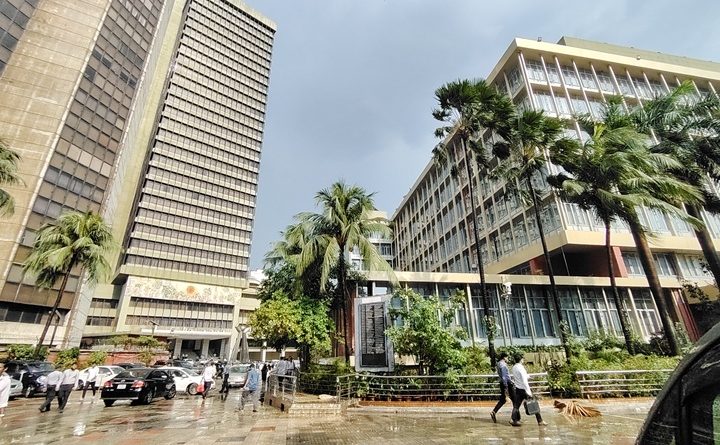The country’s foreign exchange reserve crosses $31 billion-mark after two months riding on market intervention by the Bangladesh Bank (BB) to stabilise USD-Taka exchange rate in the market.
As part of the central bank’s forex (foreign exchange) market intervention approach under the existing crawling peg arrangement, the banking regulator purchased $149.50 million from the market through multiple price auction method on Thursday.
According to the latest bidding outcomes, the central bank injected around Tk 18 billion into 13 commercial banks in exchange for the US$149.50 million, at a cut-off rate of Tk 121.70 per dollar.
Under the market intervention drives, the regulator has so far been bought US$948 million in a span of the last one and a half month.
Seeking anonymity, a BB official said the forex deals in the interbank spot market have been slowed down in recent days because of lower demand of foreign currencies against supply surge.
And it slowed down the commercial bank’s forex-netting drives because they were unable to sell their already-sourced dollars in the market amid low demand, the official said.
“That’s why the BB came to intervene and it will help the lenders source more forex using the liquidity it injected to the banks through such purchase,” the central banker said.
The BB official added that the central bank could also sell US dollars through similar auctions if the greenback continues to appreciate against the taka.
The official noted that such interventions are typically aimed at preventing excessive depreciation of the local currency and boosting reserves, in line with the International Monetary Fund’s recommendations under its US$5.50 billion lending programme to help stabilise Bangladesh’s macroeconomic situation.
According to the interbank forex-trading data of very recent days, the country’s scheduled banks altogether made outright sell of $26 million on August 17, 2025.
The volume of forex deals within the banks was recorded $42 million, $42 million, $39 million, $50 million, $13.50 million and $48 million on August 19, 20, 21, 24, 25 and 26 respectively.
The central bank began this intervention on 13 July to curb volatility in the dollar-taka exchange rate and to ensure greater stability in the forex market.






